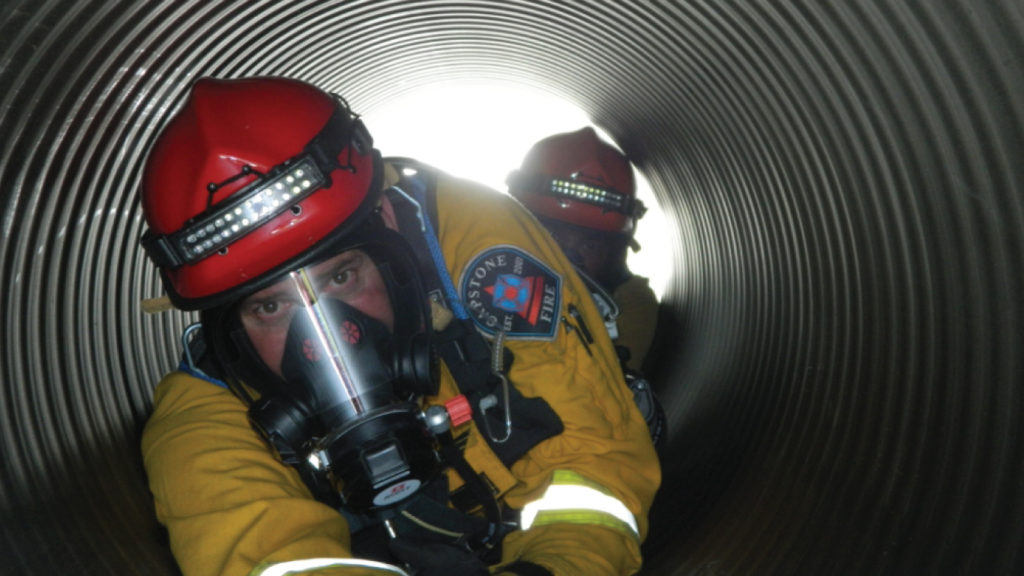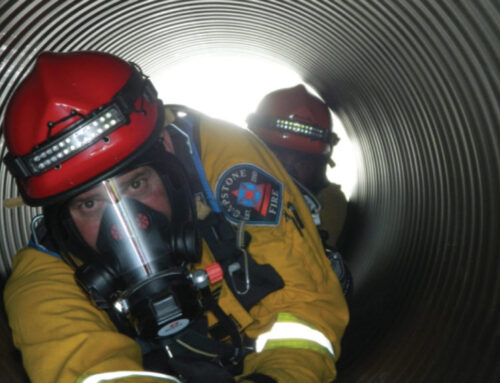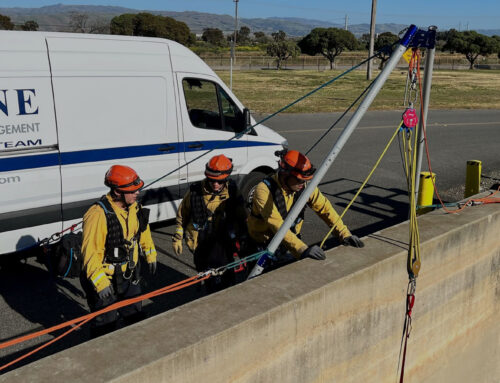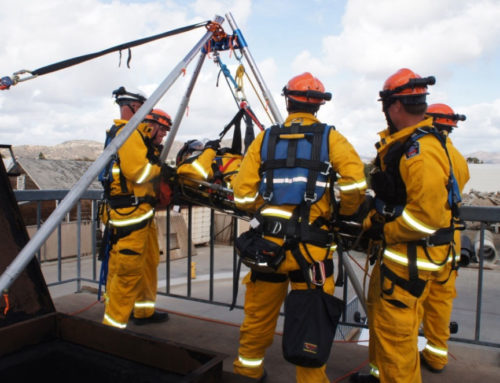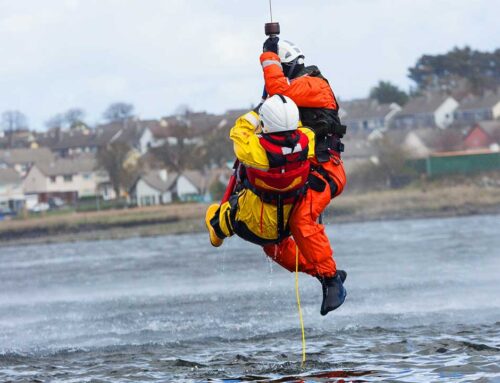Confined spaces can be treacherous environments, often presenting significant risks to workers and rescuers alike. These spaces can vary from industrial tanks and sewers to silos and tunnels. When incidents occur within these tight, hazardous areas, technical rescue teams must be well-prepared to respond swiftly and effectively. Today we’re diving into the world of technical rescue for confined spaces, examining the challenges, techniques, and equipment involved in saving lives and ensuring worker safety.
Understanding Confined Spaces
Before we dive into the intricacies of technical rescue, it’s crucial to understand what constitutes a confined space. OSHA (Occupational Safety and Health Administration) defines a confined space as an area large enough for a worker to enter, has limited means of entry or exit, and/or is not designed for continuous occupancy.
Examples of confined spaces include storage tanks, utility vaults, tunnels, and manholes. These spaces can harbor toxic gases, engulfment risks, low oxygen levels, and more.
Challenges of Technical Rescue in Confined Spaces
Technical rescue operations in confined spaces come with unique challenges that require specialized training and equipment. Most confined spaces have small openings, making it difficult for rescuers to access and extract victims. Toxic gases, lack of oxygen, or the potential for combustion can create life-threatening conditions inside confined spaces.
Workers or victims can be trapped in granular materials like sand, grain, or liquids, posing significant engulfment hazards. Communication is often compromised within confined spaces, making coordination between rescuers and victims challenging.
The Technical Rescue Process
Effective technical rescue for confined spaces requires a well-structured approach:
- Assessment: Rescuers must evaluate the confined space to identify potential hazards, air quality, and the best entry and exit points.
- Communication: Establish clear communication protocols between team members using radios or other appropriate devices.
- Ventilation: Ensure proper ventilation to maintain a safe atmosphere within the confined space.
- PPE (Personal Protective Equipment): Rescuers should don appropriate PPE, including harnesses, helmets, and gas monitors, to protect themselves from hazards.
- Entry and Victim Retrieval: Employ appropriate entry and retrieval systems such as tripods, winches, and lifelines for safe access and extraction of victims.
- First Aid: Provide immediate medical attention to victims, if necessary, and transport them to a medical facility for further treatment.
Training and Preparation
Effective technical rescue for confined spaces demands rigorous training. Rescuers must understand the specific hazards they might encounter and be proficient in using the equipment. Regular drills and simulations are essential to maintain readiness.
Technical rescue for confined spaces is a complex and high-stakes operation. It requires a combination of specialized equipment, well-trained personnel, and a methodical approach to ensure the safety of both rescuers and victims. By understanding the unique challenges of confined spaces and staying prepared, we can carry out our mission at Capstone Fire with precision and expertise. Get in touch with us today to learn more!

